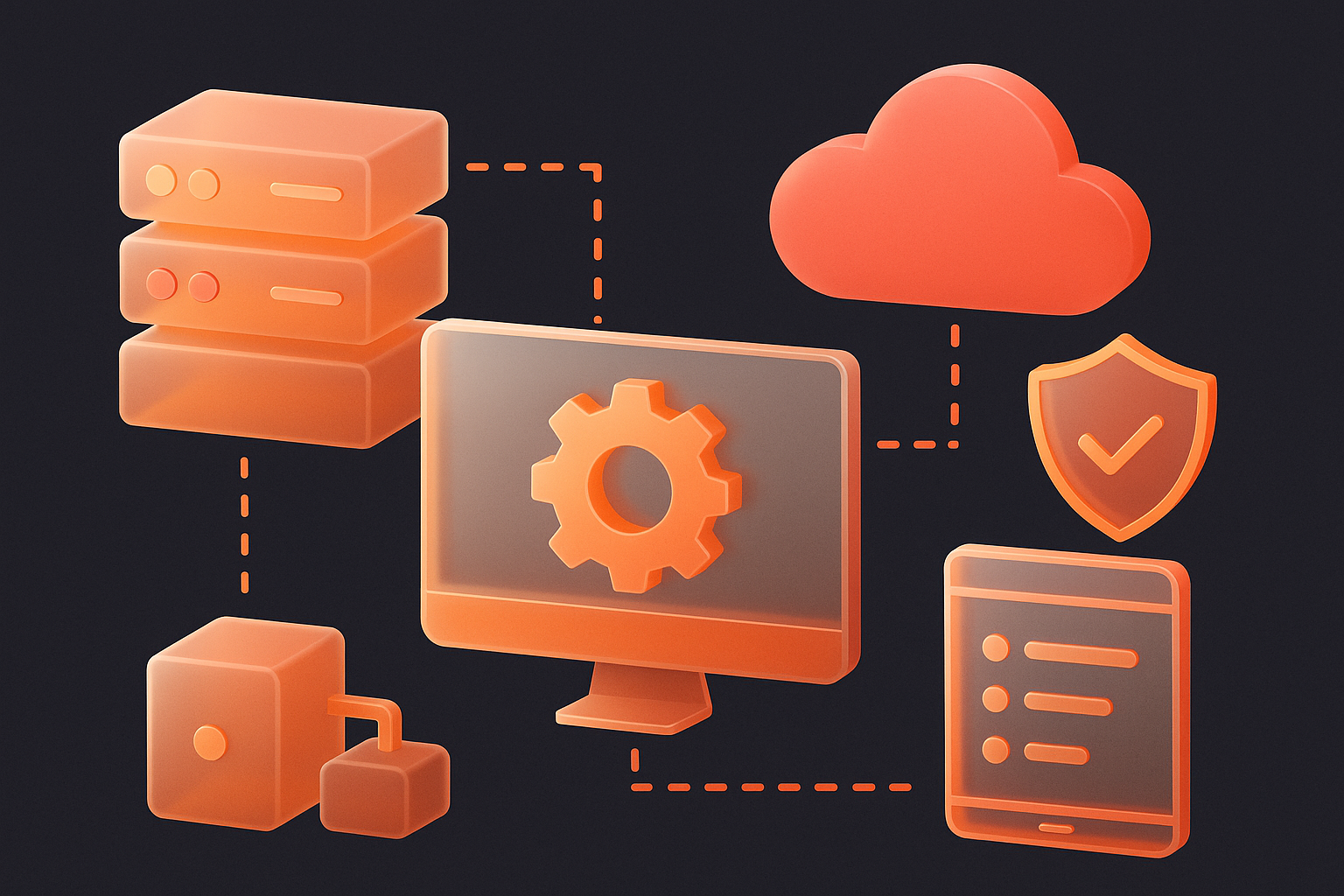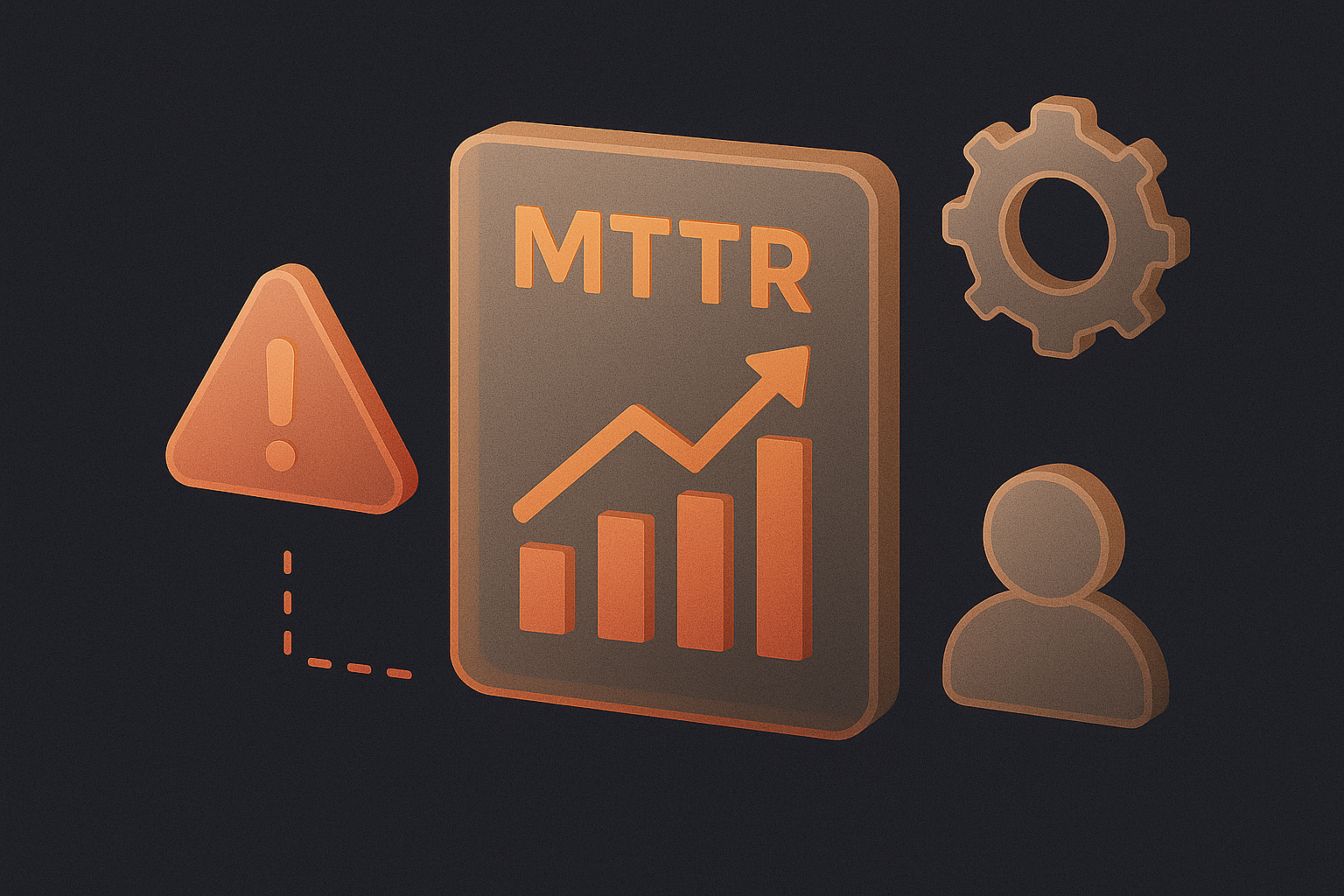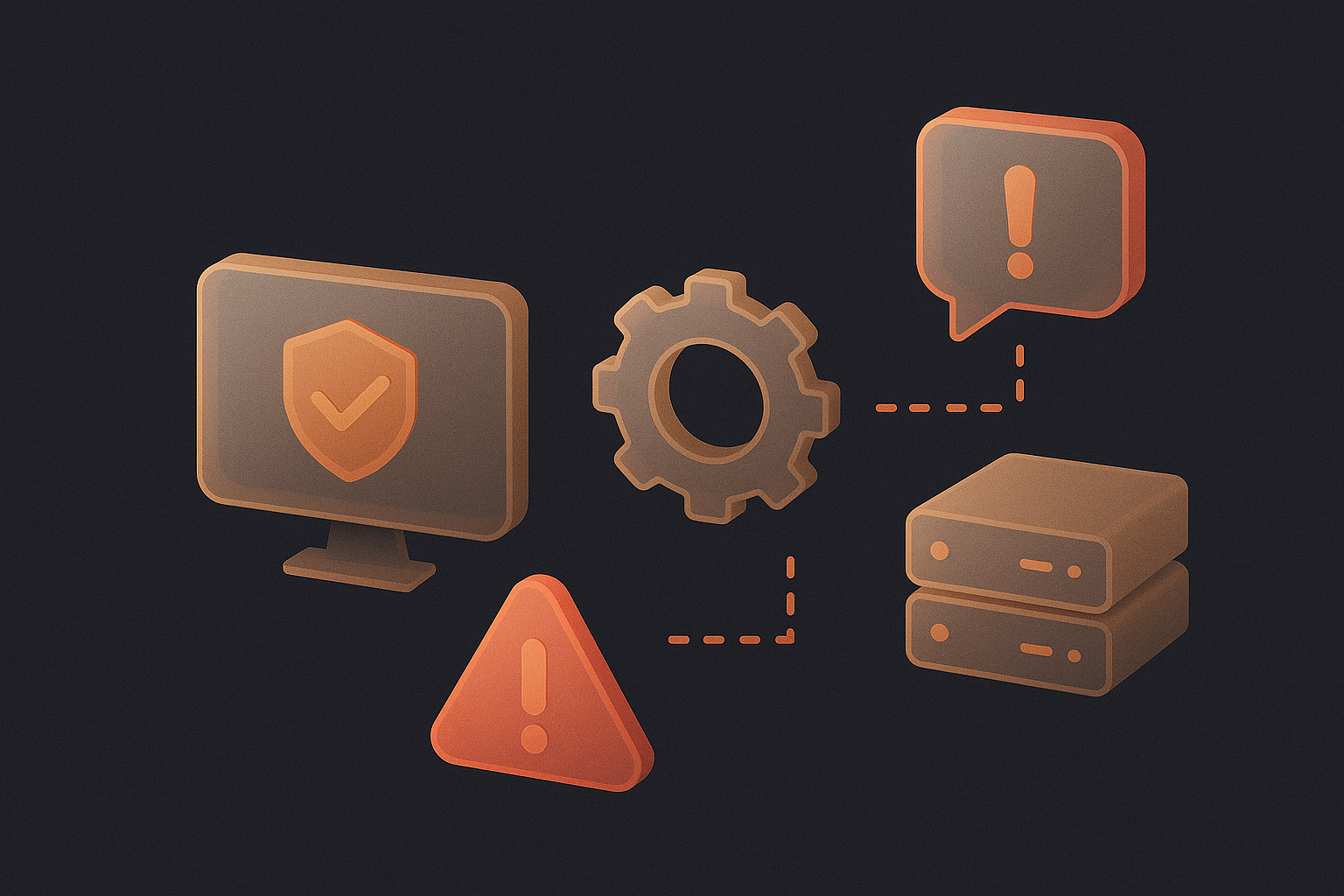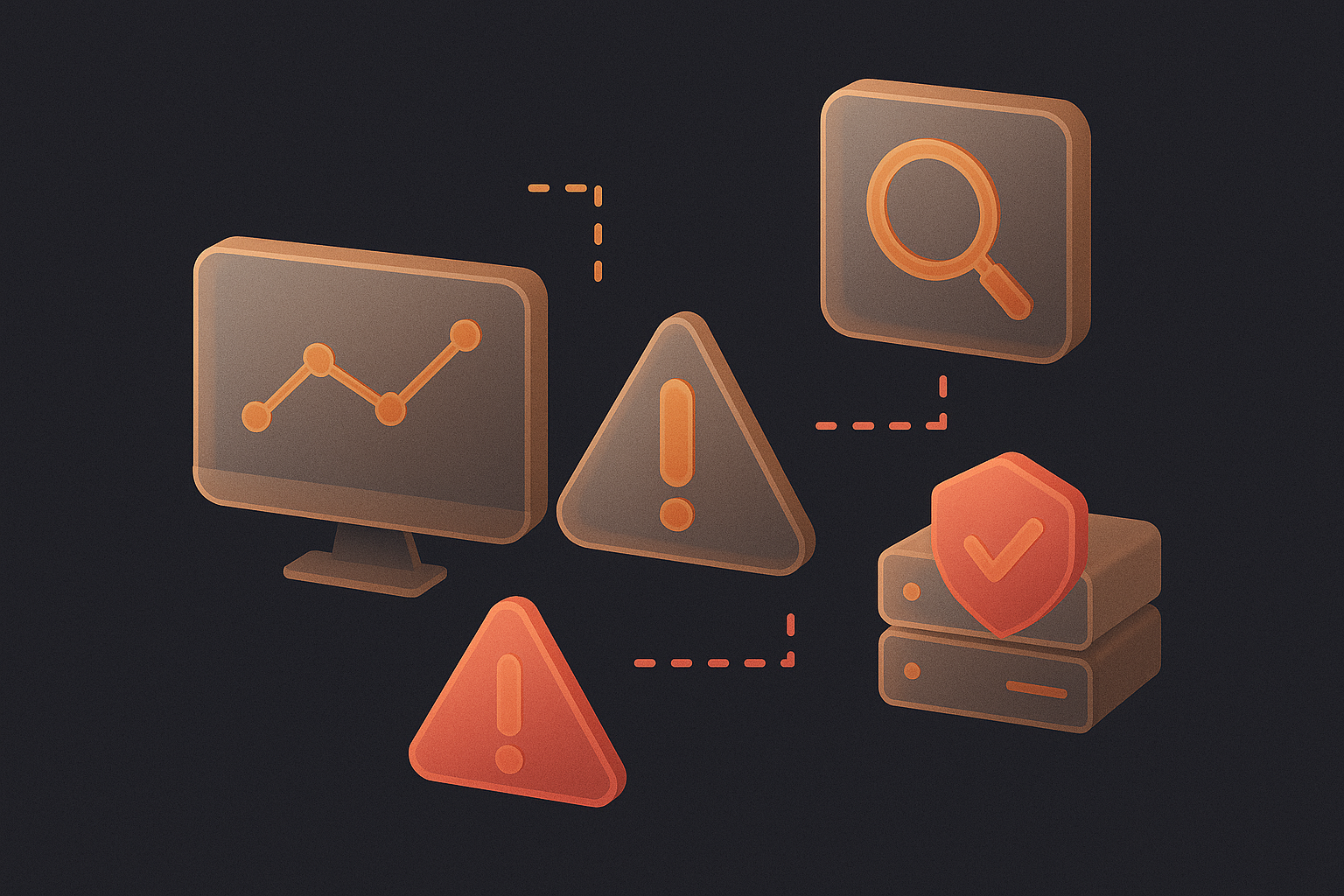Organizations today rely on a complex mix of cloud services, on-prem systems, virtualized environments, and interconnected applications. As these environments continue to expand, the challenge of keeping everything stable increases as well. Manual workflows and disconnected tools simply cannot keep up with the scale and speed of modern digital operations.
Modern IT infrastructure management provides the structure and intelligence needed to maintain reliability. With smarter monitoring, faster response processes, and automated actions, teams gain the stability required to deliver continuous service and protect business performance. Platforms like AlertOps help organizations centralize alerts, automate escalations, and coordinate communication across teams through solutions such as automated incident management.
What Is IT Infrastructure Management and How Does It Support Modern Business Needs?
IT infrastructure management is the practice of monitoring, maintaining, and improving the systems that support an organization’s digital operations. These systems include networks, servers, storage, cloud platforms, applications, and the observability tools that measure performance and health.
The goal is to ensure that systems remain reliable, secure, and efficient. This often involves monitoring system load, maintaining configurations, detecting issues early, planning capacity, and preventing downtime. As more organizations adopt hybrid cloud environments and containerized workloads, IT teams also need clear visibility across distributed systems. A modern enterprise alerting platform plays an important role in maintaining that visibility and ensuring services communicate smoothly.
In short, strong infrastructure management helps companies prevent outages, maintain performance, and build predictable environments that support long-term growth.
Why Organizations Need IT Infrastructure Management to Maintain Reliability
Modern infrastructures change rapidly. Cloud resources appear and disappear, workloads shift locations, and microservices communicate constantly. Without structured infrastructure management, these changes introduce instability and operational risk.
One of the biggest challenges is alert overload. Monitoring tools generate huge amounts of data, and without correlation or prioritization, teams cannot easily separate critical issues from harmless fluctuations. This is where smart alert correlation makes a noticeable difference by grouping related alerts and reducing noise.
Response speed is another major concern. Manual escalations often lead to slow reaction times because responders rely on outdated distribution lists or manual routing. Automated escalation paths in tools like alert escalation management help alerts reach the right team as quickly as possible.
Effective communication is also essential. Incidents commonly involve multiple teams, including operations, SRE, development, and support. Without a clear and centralized communication process, responders risk duplicating work or missing important details. Strong major incident management processes help keep everyone aligned in real time.
Best Practices for Improving IT Infrastructure Management
How Teams Can Reduce Alert Noise
Alert noise hides real problems. Teams can improve clarity by correlating related alerts, adjusting thresholds, removing duplicates, and consolidating similar events. AI-driven tools such as AI-based alert correlation can simplify this work significantly.
How Organizations Can Improve Response Speed
Automated escalation workflows help route critical alerts based on severity and ownership. Multi-channel notifications ensure responders receive updates instantly, which is a key benefit of using alert escalation management.
The Role of Communication During Incidents
Clear communication helps teams resolve issues faster. Stakeholder updates reduce confusion, and centralized collaboration tools give responders access to shared, real-time information. This is a core part of effective major incident management.
How Automation Improves Stability
Automation reduces human error and speeds up recovery. Routine tasks like service restarts, dependency checks, ticket creation, and system validation can all be automated with automated incident management to create more consistent outcomes.
How Strong Infrastructure Management Sets High-Performing Teams Apart
Strong IT infrastructure management is essential for keeping digital operations stable and reliable. As systems grow more distributed, organizations need clear processes that improve visibility, reduce alert noise, and speed up response. When teams use platforms like AlertOps to automate escalation, centralize alerts, and coordinate communication, they build a stronger foundation for uptime and resilience.
A successful reliability strategy also requires efficient scheduling and escalation practices. Teams benefit greatly from tools that support on-call scheduling and escalation so the right people are always available when issues arise.
Infrastructure management is more than keeping systems running. It is a strategic advantage that improves customer experience, reduces operational risk, and supports confident growth in an always-on digital world.



